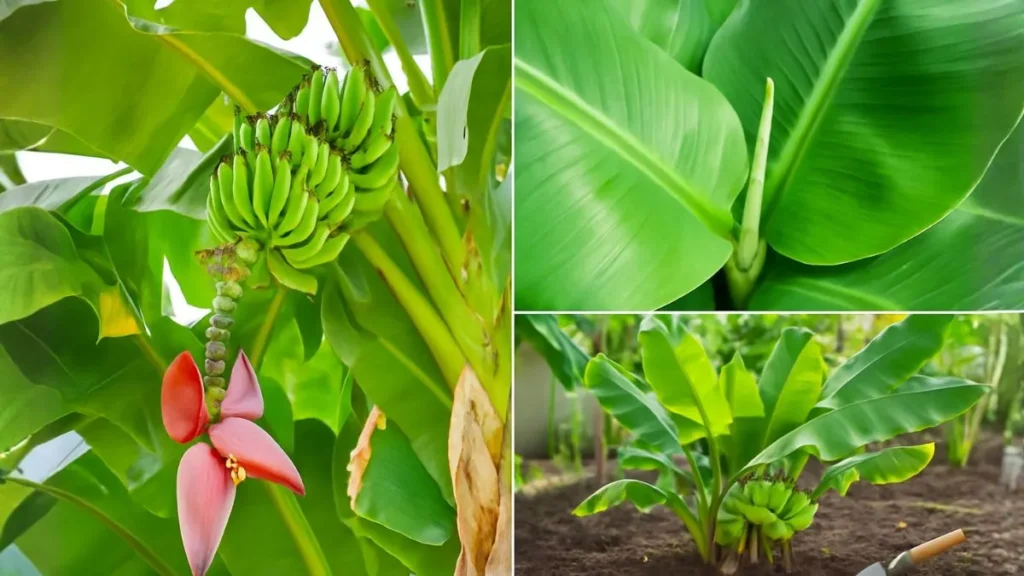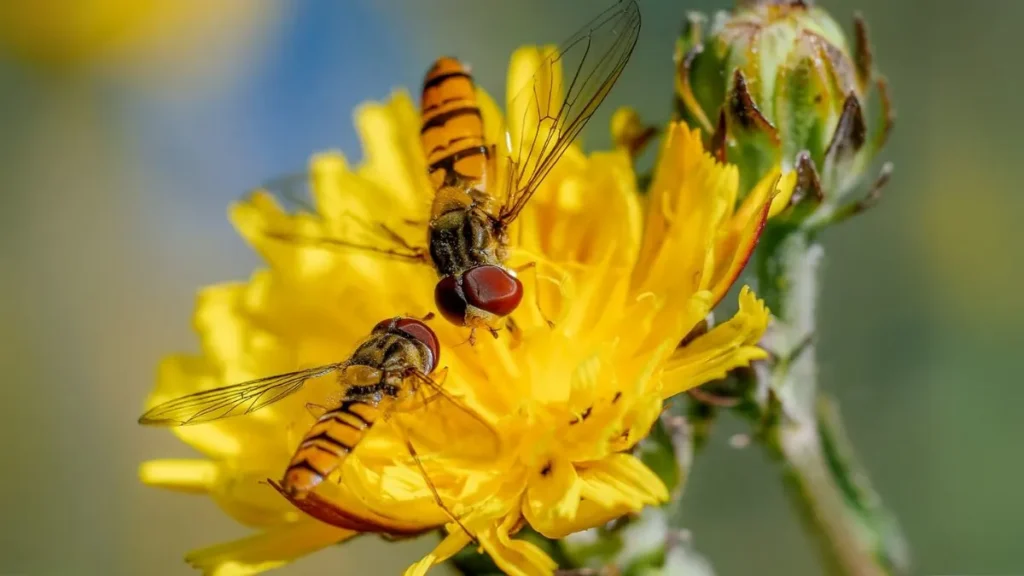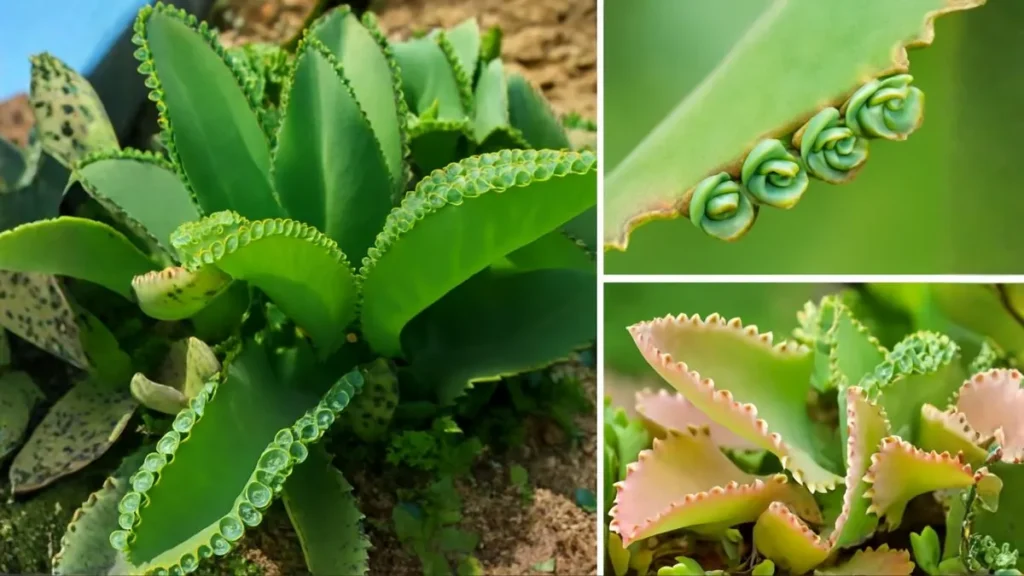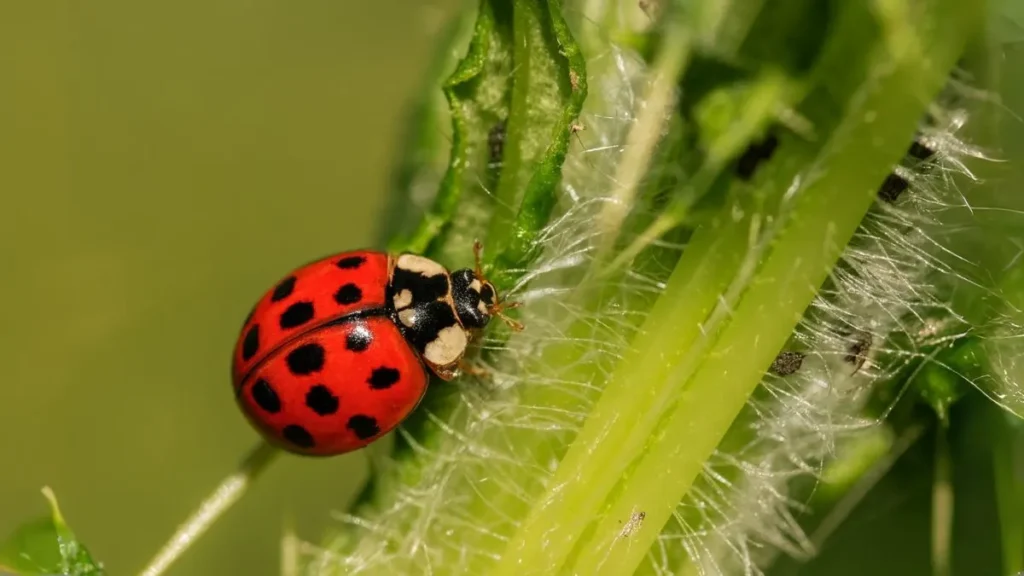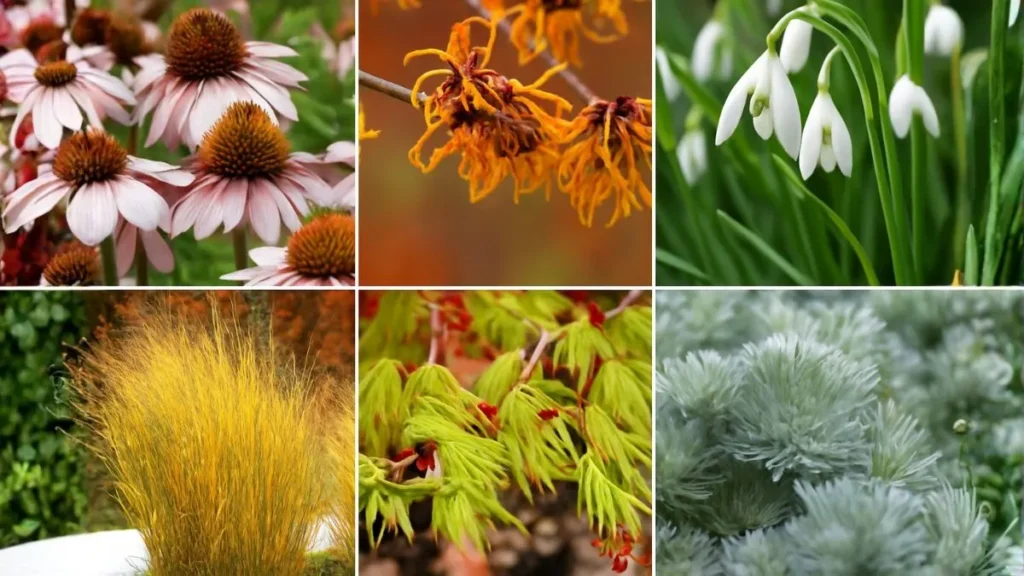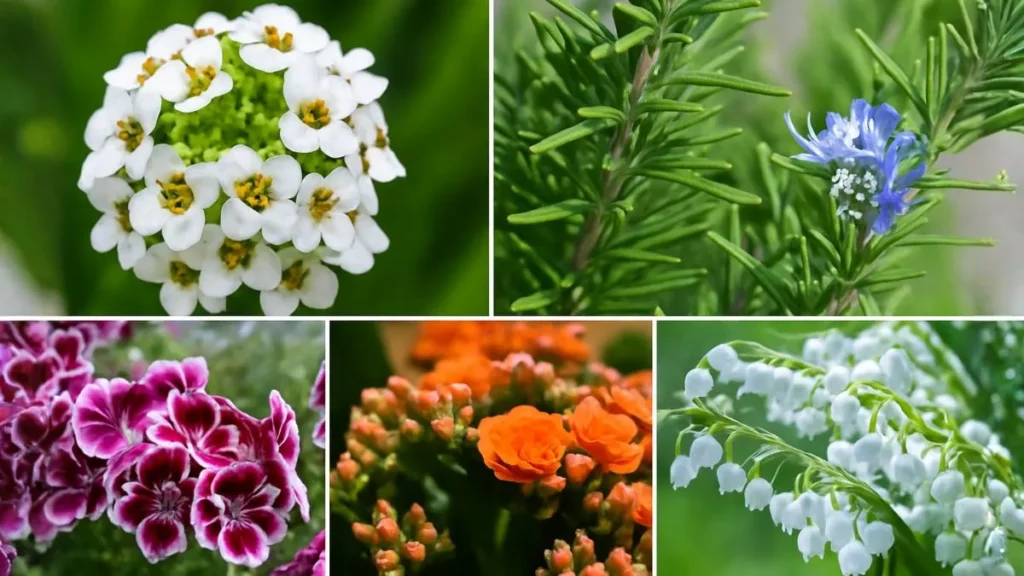Turning a single heirloom plant into a tray of giftable starts never gets old. A few segments, a breathable rooting medium, and patient, consistent care are all it takes to scale up a beloved plant. With Christmas cactus, the process is especially friendly: this forest epiphyte roots readily, fills out quickly when grouped in small pots, and rewards good light and humidity with vigorous, shapely growth.
What Makes the Christmas Cactus Different
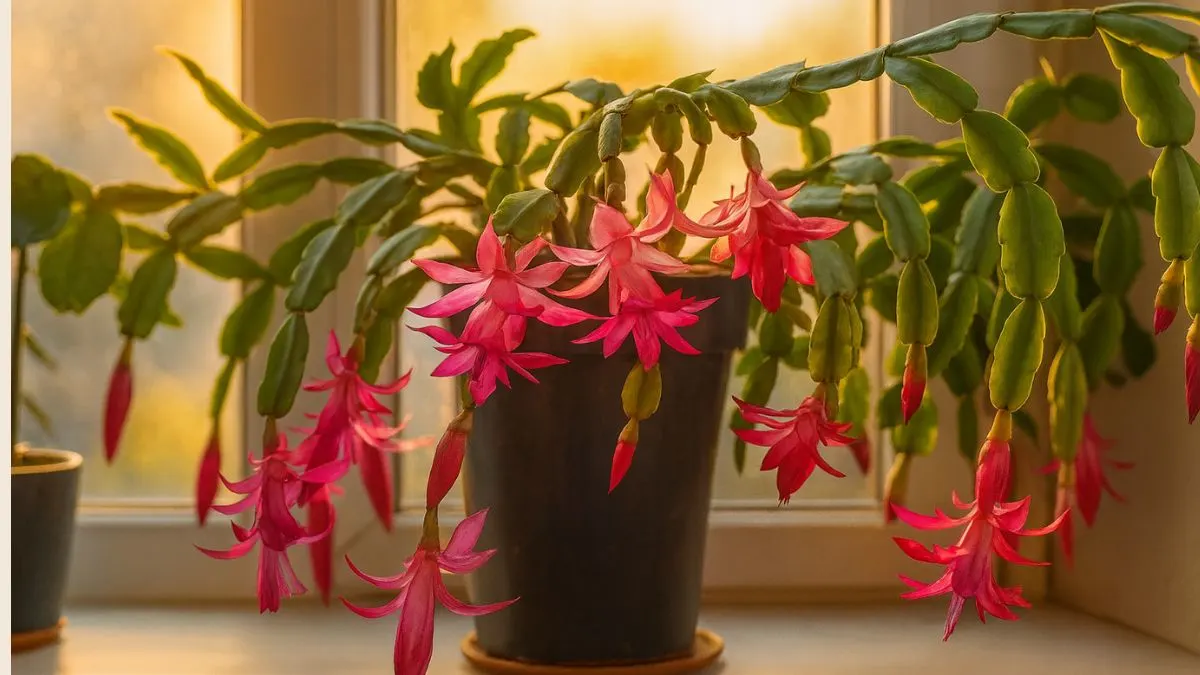
Unlike desert cacti, Christmas cactus hails from cloud forests where it grows on trees and rocks under filtered canopies. That origin explains its preferences: bright but softened light, lightly moist and airy substrate, and moderate humidity. For everyday care, remember to “Provide Christmas cacti with four to six hours of diffused light” for balanced growth and future bud set. If the pads begin to bronze or blush, it’s a classic stress signal that “They are red from too much sun.” Shift to gentler light—an east window or a sheer on a south window—and color usually normalizes within days. In short: treat it like a tropical houseplant, not a desert cactus.
Propagation 101: From One to Many, Reliably
The most dependable method is stem cuttings. Choose healthy, non-flowering segments and aim for cuttings 2–5 pads long. Detach at the joint with a gentle twist or a clean, sterile blade. Allow the ends to dry and callus for 1–3 days in bright, indirect light; this simple pause dramatically reduces rot. For faster rooting, use an airy, oxygen-rich medium and keep the environment warm and bright without direct sun.
Best Timing for Cuttings
- Take cuttings in spring through late summer, ideally 4+ weeks after bloom ends.
- Avoid flowering segments; they root unevenly and may stall.
Preparing and Planting Cuttings
- Size and selection: Choose firm, green segments without wrinkling or blemishes.
- Callusing: After detaching, set segments on a dry plate or paper towel for 24–72 hours.
- Optional hormone: Dip cut end lightly in rooting hormone if desired—helpful but not mandatory.
- Media: Start in moistened perlite, coarse sand, or a gritty potting blend (all-purpose soil + ~30% perlite or horticultural sand).
- Planting depth: Insert roughly 1in deep so the first joint is above the medium to prevent rot.
- Light: Position in bright, indirect light; avoid direct midday sun during rooting.

Rooting Timeline and Aftercare
- Moisture: Keep the medium slightly moist, never soggy. Waterlogged conditions are the #1 reason cuttings fail.
- Check-in: Resist tugging for 3–4 weeks. Light resistance after 5–8 weeks usually signals root growth.
- Potting up: When roots are ~1in long, pot into a well-drained mix and water thoroughly, then allow the top inch to dry before watering again.
- Fullness fast: Plant 3–5 rooted cuttings together in a 4–6in pot to create a bushy, gift-ready plant quickly.
Also Read: Geranium Watering Secrets: Keep Them Blooming All Season Long
Everyday Care That Scales Your Collection
1. Light
Keep light bright but filtered. Again, “Provide Christmas cacti with four to six hours of diffused light” daily. If segments look sunburned or bronze, remember: “They are red from too much sun.” Move the plant a step back from the window or add a sheer curtain.
2. Water
Water thoroughly, then drain completely. Allow the top 1in of mix to dry before watering. Slightly drier intervals in winter help prevent root issues. Never let pots sit in saucer water.
3. Temperature and Humidity
Aim for 60–75°F (15–24°C) with gentle humidity (a nearby tray of pebbles and water helps). Avoid hot air from vents and sudden temperature swings, both of which cause stress and bud drop.
4. Potting Mix and Repotting
Use a fast-draining blend: standard potting soil amended with ~30% perlite or coarse sand. Repot every 2–3 years or when rootbound, refreshing the mix to maintain airflow around roots.
5. Encouraging Blooms: Bud-Set Basics
Holiday cacti initiate buds with long nights and cooler temperatures in fall. Offer 12–14 hours of darkness and nights around 50–60°F (10–16°C) for several weeks. Keep days bright but indirect—no harsh afternoon sun. After buds form, maintain consistent light, temperature, and watering to prevent drop.
Also Read: Bull Thistle: The Spiky Weed with Surprising Health Benefits
Troubleshooting Quick Guide
- Pads turning red/bronze: Typically light stress or heat—“They are red from too much sun.” Shift to diffused light, stabilize temperatures.
- Cuttings rotting: Likely insufficient callus time or media too wet. Extend callus to 2–3 days and switch to more perlite or a drier, grittier blend.
- Slow rooting: Cool rooms or low light lengthen timelines. Add warmth and bright, indirect light; avoid direct sun on fresh cuttings.
- Wrinkled pads: Usually underwatering or a root issue. Water thoroughly, ensure drainage, and check for compacted media.
Propagation Methods Compared
- Perlite/coarse sand: Best oxygen, fast initiation, very low rot risk—requires mindful moisture.
- Gritty potting mix: Easiest transition to long-term pots—watch watering to avoid oversaturation.
- Water rooting: Fun to see roots, but transfers can stall; refresh water often to reduce rot risk.
A Simple 8-Week Plan to Multiply and Share
- Week 0: Take ten 2–5 pad cuttings from a vigorous plant; callus for 48 hours.
- Week 0–1: Set five in moist perlite, five in a gritty mix. Place in bright, indirect light.
- Week 2–5: Keep media just slightly moist; monitor for firming and subtle resistance.
- Week 6–8: Pot up when roots reach ~1in. Combine three per 4in pot for quick fullness, water deeply, and resume the “dry top inch” routine.
The Lighting Lesson That Stuck
The easiest way to stall an otherwise perfect batch is too much sun too soon. Freshly potted starts on a summer south window bronzed within days—textbook stress. A sheer curtain and a move to an east window corrected color fast. It reinforced the two rules that matter most: “Provide Christmas cacti with four to six hours of diffused light” and remember that “They are red from too much sun.” if placement is too harsh.
Also Read: 8 Simple Ways to Supercharge Your Soil
Gift-Ready Plants in a Season
Christmas cactus propagation is equal parts gentle patience and simple technique. Time cuttings after bloom, let ends callus, root in airy media with bright, indirect light, and pot several starts together for instant fullness. Keep care steady—diffused light, thorough then measured watering, and an airy mix—and expect sturdy, shapely plants in just a few months. It’s an easy way to multiply a family heirloom, fill windowsills across the home, and share living gifts that bloom for years.
